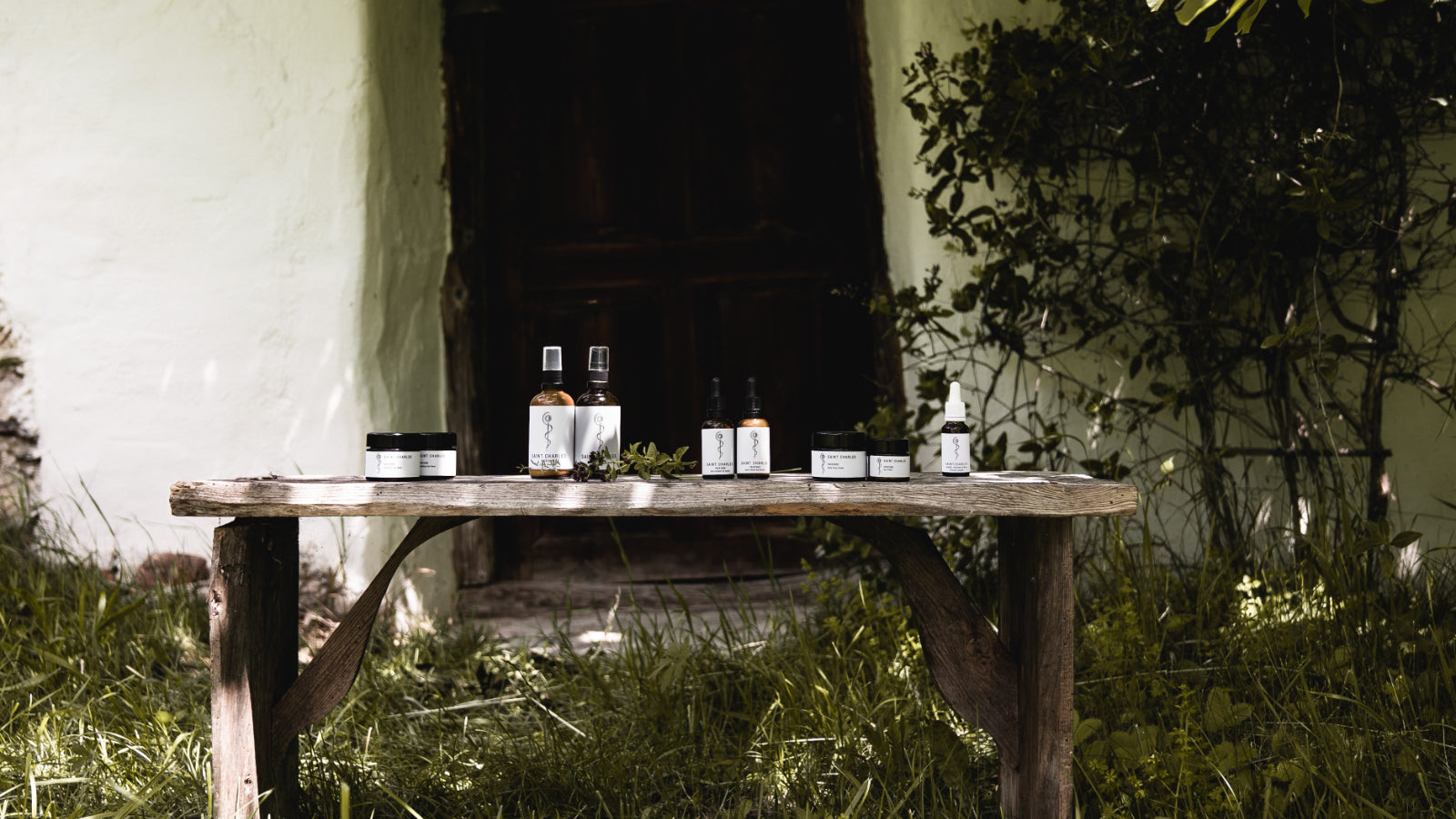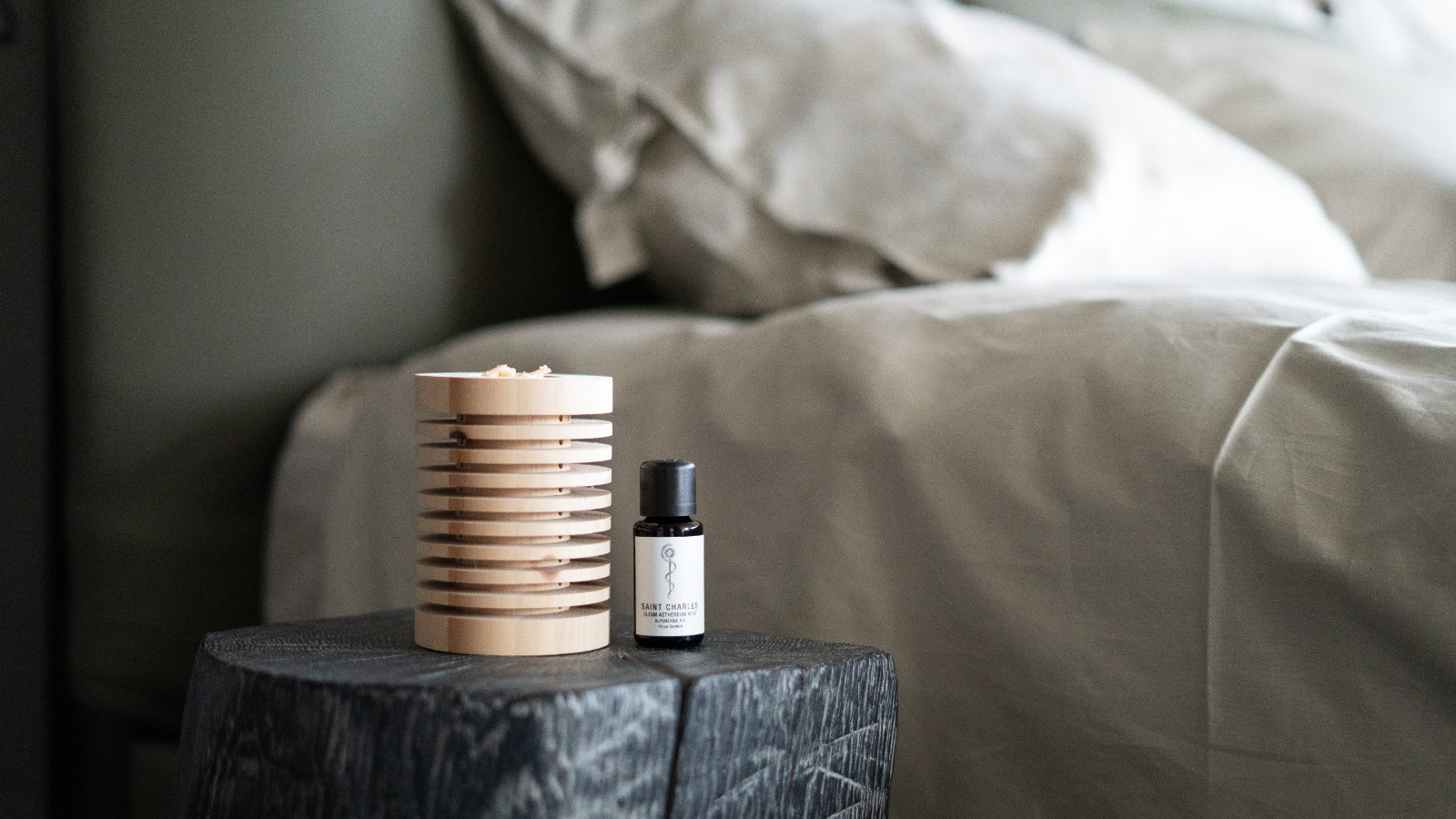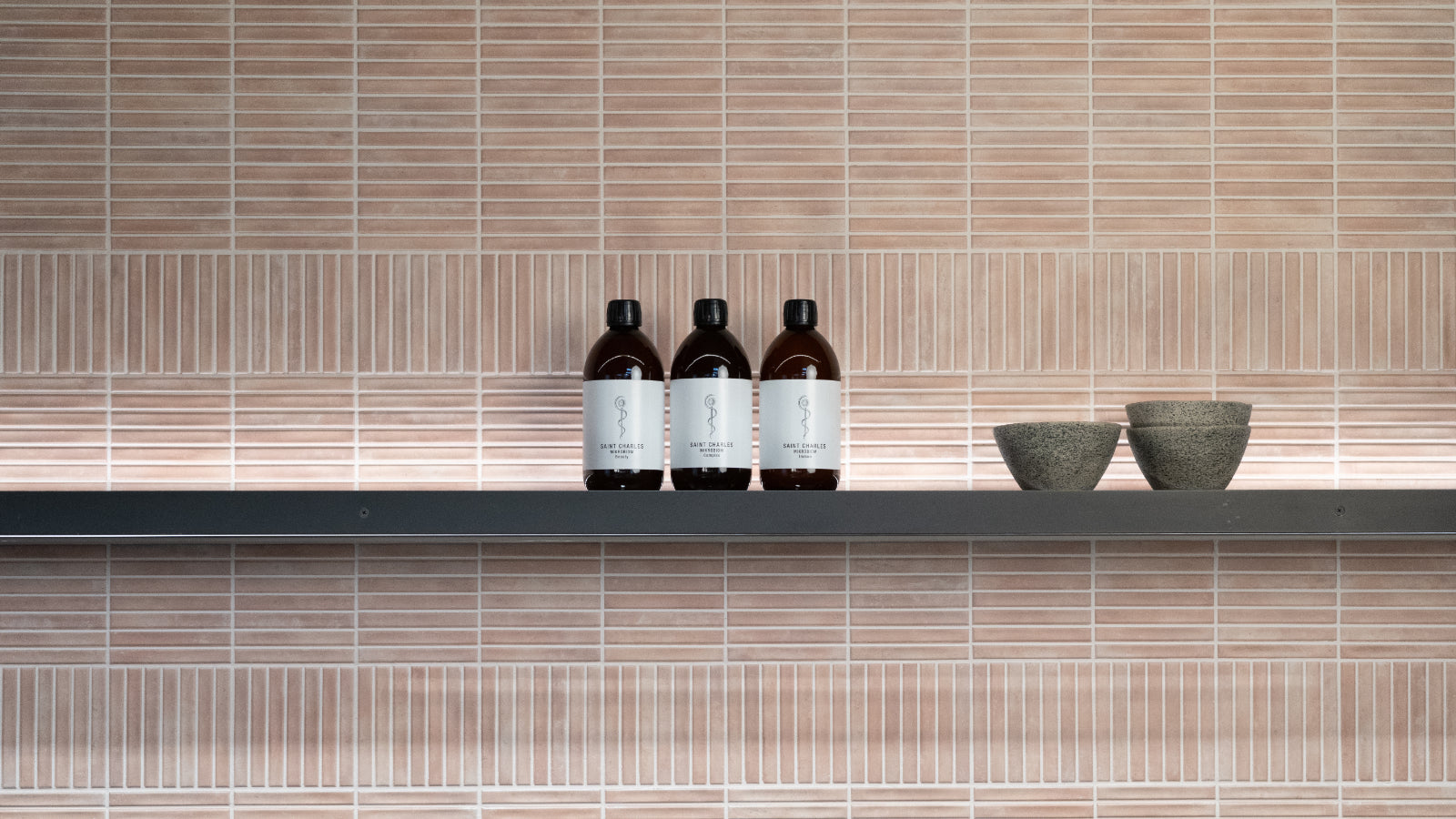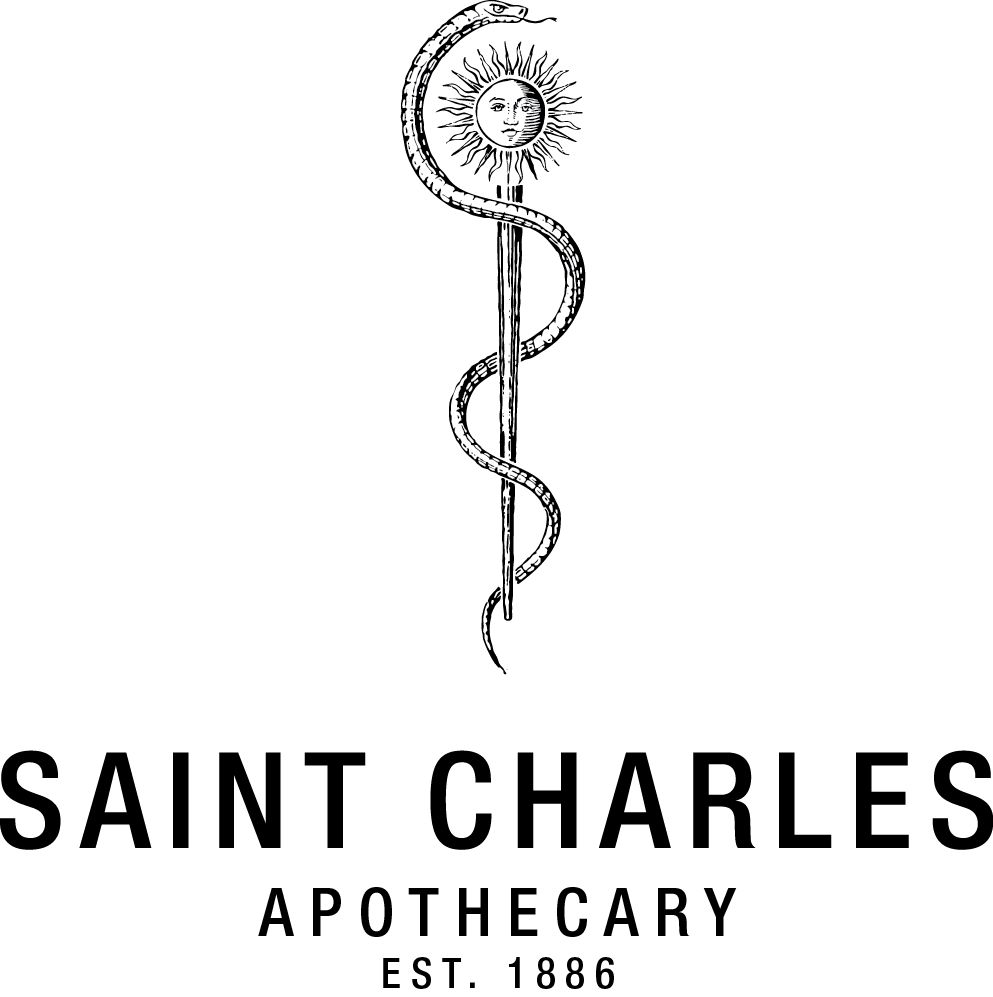The valuable herbal antidepressant conjures sunshine in our hearts.The most expensive spice in the world probably came to us with the Crusaders in the late Middle Ages and is still planted in Austria and Germany today. Its original home is probably in the Middle East - historical sources name stations in China and ancient Egypt, as well as in the Mediterranean region of antiquity. Saffron was and is one of the most important exports of its main cultivation area, Iran. What makes saffron so valuable? Only the pistillate filaments of the flower are used from the crocus, which is not large anyway. These are still harvested by hand and bottled in tiny quantities - up to 200,000 blossoms are needed for one kilo of saffron. It then costs about as much as a small second-hand car.
The effect of saffron
Saffron is characterised above all by its strong colouring power. A few pistil threads are enough to make food shine bright yellow. The dyeing of garments requires considerably more of the precious raw material - that is why saffron-yellow robes were considered a sign of high rank and name. In addition to its colour, saffron was also valued for its medicinal properties. Anti-inflammatory, pain-relieving, antioxidant and mood-lifting - these attributes promised relief or healing for many ailments and diseases. What was once practised on the basis of centuries of experience is now given a solid foundation by scientific studies.
Saffron: Gold for the soul
Iranian physicians have found that saffranal - the main aromatic substance of saffron - can definitely rival serotonin reuptake inhibitors, the most commonly prescribed antidepressants. Safranal raises serotonin levels similarly to the drug - only without its side effects. Much more: while the undesirable effects of the drug can also include loss of libido, erectile dysfunction and vaginal dryness, saffron gets potency and libido going - soul and body are attuned to togetherness.
Cell protection & blood circulation
Saffron also supports digestion, helps with flatulence and heartburn. The carotenoid crocetin protects the liver cells from oxidative damage caused by free radicals, for example. Healthy digestion and a strong liver are important factors for comprehensive cancer protection. Therefore, we would do well to include more saffron in our diet or supplement the diet accordingly. Our eyes also benefit from taking saffron. For red or tired eyes, saffron extract is best taken with curcumin, which complements and enhances the effect. The two powerful antioxidants ensure blood flow to the smallest blood vessels in the eye and can thus improve retinal function.
Good blood flow means good oxygen supply - also in the brain. Dementia patients benefit from this when they take saffron. And here, too, without the side effects common with the corresponding comparative drug, e.g. vomiting - as a study proved. Women also have a good friend in saffron for the unloved time before menstruation: water retention, mood swings, etc. can be well controlled with saffron. It also inhibits the appetite - especially for sweets - and increases the feeling of satiety. Since saffron plants also feel at home in our latitudes and are hardy, anyone with a small, sunny spot can plant their own purple crocus - all that is needed for baking and cooking is a few strands of saffron.
Plant fact sheet SAFRAN (Crocus sativus)
- Growth habit: perennial tuberous plant, 5 to 10 cm high, forms loose clumps
- Synonyms: saffron crocus
- Plant family: iris family (Iridaceae)
- Parts of plant used: pistillate filaments (= female flower part)
- Application areas: Depressive moods, mood swings, ophthalmology, gastrointestinal disorders, liver disorders, nervous disorders, dementia or Alzheimer's disease, gynaecological disorders
Recipe idea with saffron: Orange-saffron tart
- Bottom: 250 g spelt flour, 1 pinch of salt, 1 pkg vanilla sugar, 100 g sugar, 25 g ground almonds, 1 medium egg, 125 g butter fat and flour for the baking tin and 800 g dried peas
- Filling: 25 g ground almonds, 4 organic oranges, 125 g orange marmalade, 1 tbsp flaked almonds, 3 saffron threads, 1 tbsp icing sugar, lemon balm
The way to a good mood is through the stomach. Quickly knead the ingredients for the base into a smooth dough and chill for 15 min. Then roll out, place in the greased and floured tart tin, carefully press down the edge. Prick the base several times with a fork, cover with baking paper, sprinkle with the peas and bake in the preheated oven at 180°C top and bottom heat for 20 minutes. Remove the peas and sprinkle the base with ground almonds, top with orange slices. Pass the jam through a sieve and bring to the boil with saffron threads. Remove the saffron threads and pour over the orange slices while still hot. Sprinkle with flaked almonds and bake for another 12 minutes at 160°C top and bottom heat. Garnish with icing sugar and chopped lemon balm. Mmmh ...







